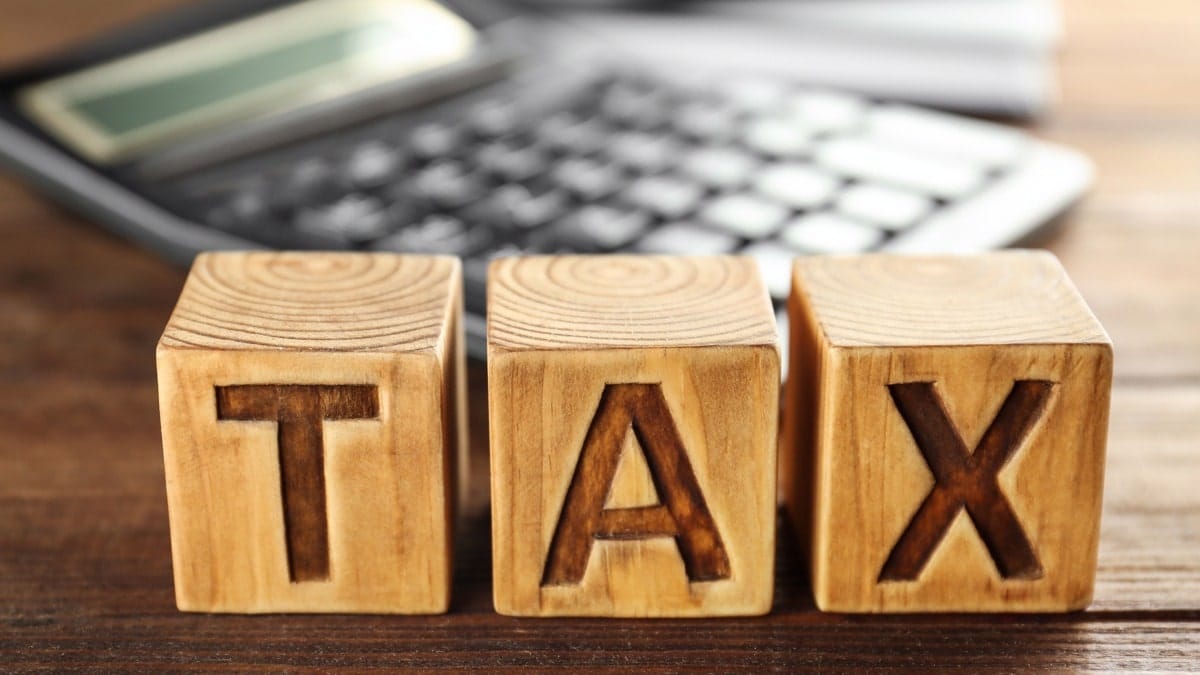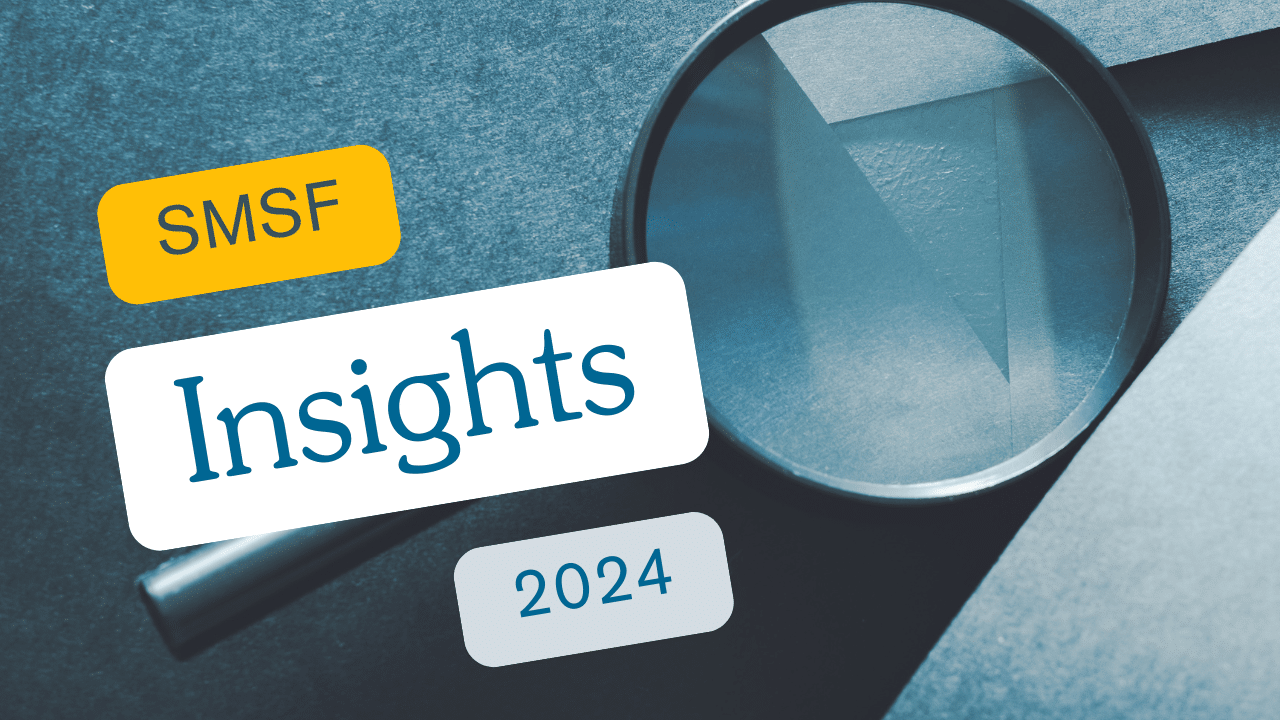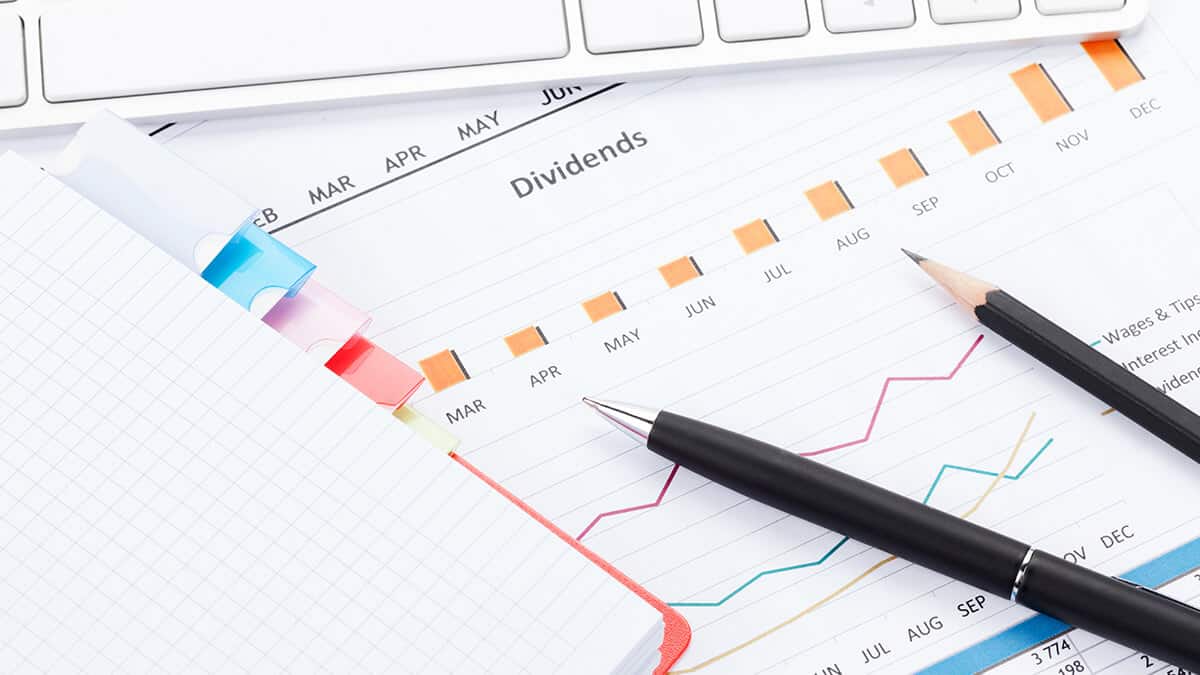In this guide
When you have your retirement benefits accumulating in a super fund, you pay the same rate of tax whether it’s an SMSF or a regular public-offer fund.
But there are some important differences between the two types of super fund when it comes to how their tax liabilities can be managed.
To help you understand how SMSFs and large super funds deal with their tax liabilities, SuperGuide has put together a simple explainer of the key differences. Note that this guide considers only taxed super funds, not the more uncommon untaxed funds.
Tax rates on super
Whatever type of super fund you are a member of you are required to pay tax on your super savings at several points. However, the tax rates on your super account are different when you are accumulating your savings compared with the period when you are drawing down during your retirement:
1. During the accumulation phase
Contribution tax: 15%
Includes employer contributions into your super account such as Super Guarantee (SG), salary sacrifice and before-tax contributions for which you claim a tax deduction.
The tax rate for non-concessional (after-tax) contributions, government co-contributions and rollovers from other funds is nil.
Income tax: 15%
Includes investment earnings such as interest, dividends and rental income, less any allowable tax deductions or credits.
Super funds are also liable to pay capital gains tax (CGT) on any capital gain received when investment assets are sold (see section below for more information).
Withdrawal tax: Varies depending on your age
If you access your super prior to turning 60, the amount of tax you pay will depend on:
- Whether you have reached your preservation age
- Whether you take an income stream or lump sum
- What the components of your payment are – a tax-free component, a taxable component or both.
If you take a lump sum after reaching your preservation age but prior to age 60, the taxable component of your super up to the low-rate cap ($235,000 in 2023–24) is tax free. Amounts over this are taxed at either 17% (including the Medicare levy) or at your marginal tax rate, whichever is lower.
If you are accessing your super after age 60, you can generally withdraw your super benefits tax free.
2. During the retirement phase
Income tax: Nil
The transfer balance cap limits the amount you may transfer into tax-free retirement income streams. The cap is currently $1.9 million, but your personal cap will be lower if you commenced a retirement income stream prior to 1 July 2023.
For more information, read SuperGuide article Transfer balance cap for super pensions: How it works.
Withdrawal tax: Nil
Need to know
Different tax rates can apply in some situations. For example, if you exceed a contribution cap or if your total income plus your concessional contributions is more than $250,000 in a year.
For more information, read the following SuperGuide articles:
Large fund or SMSF: Which is best for tax?
Although the super system itself is a concessionally taxed environment in which to save for your retirement, many people are still keen to take advantage of any opportunity to cut their tax bill.
For tax purposes, super savings within an SMSF are treated the same way as if they were held by a large super fund, but SMSFs have more flexibility in how they can use the tax rules to achieve greater tax efficiency.
SMSFs offer trustees opportunities for more control over the tax position of their fund because there are some tax strategies large super funds choose not to use. These are often impractical to implement in a large fund or using them would benefit some members while disadvantaging others. They often require extensive – and expensive – system changes that are impractical in a fund with millions of members.
SMSF trustees, on the other hand, can be more flexible and choose to minimise the overall amount of tax their members pay within the fund by making these types of strategic decisions.
Before rushing out to start your own SMSF, however, remember the golden rule of investing – never make an investment decision based purely on potential tax savings.
SMSFs offer tax management benefits, but for many fund members it’s questionable whether they are worth the administrative burden of running your own SMSF. And remember, the ATO is the regulator for SMSFs and will always be looking over your shoulder.
Need to know
Franking credits (or imputation credits) are dividends paid to company shareholders by a business that has paid company tax on all or part of that dividend.
The imputation credits attached to the franked dividend are a tax offset provided to shareholders who receive the franked dividend. They are designed to avoid the profit being taxed twice – once in the hands of the company and once in the hands of the investor.
For more information read SuperGuide article The definitive SMSF guide to franked dividends.























